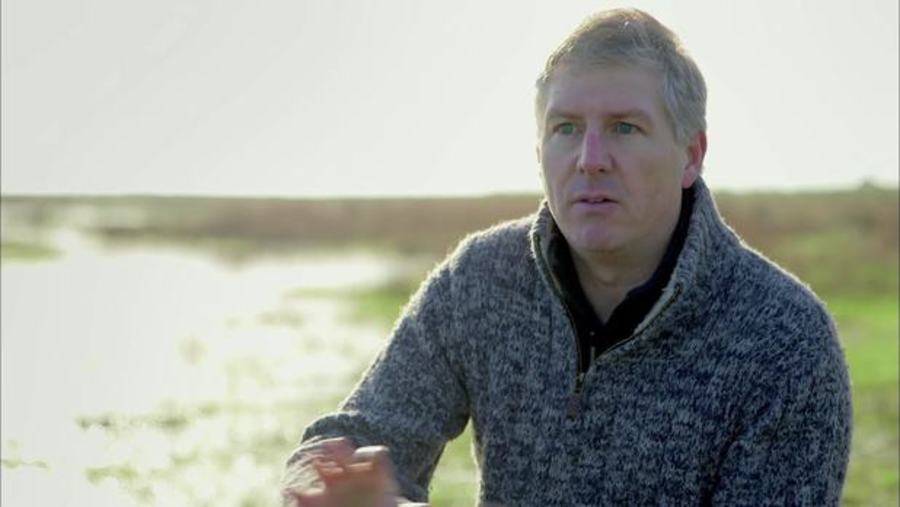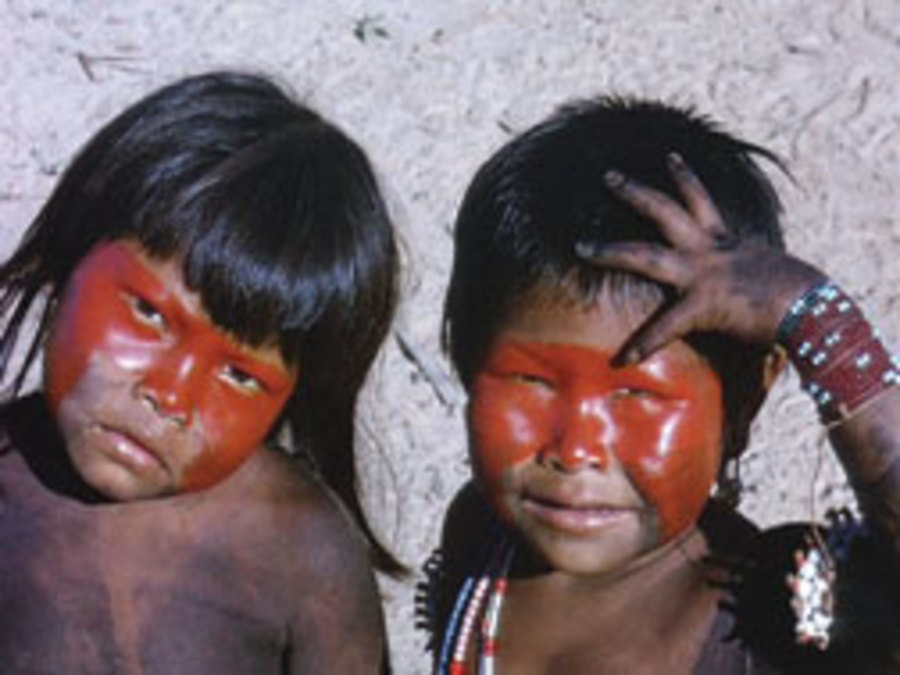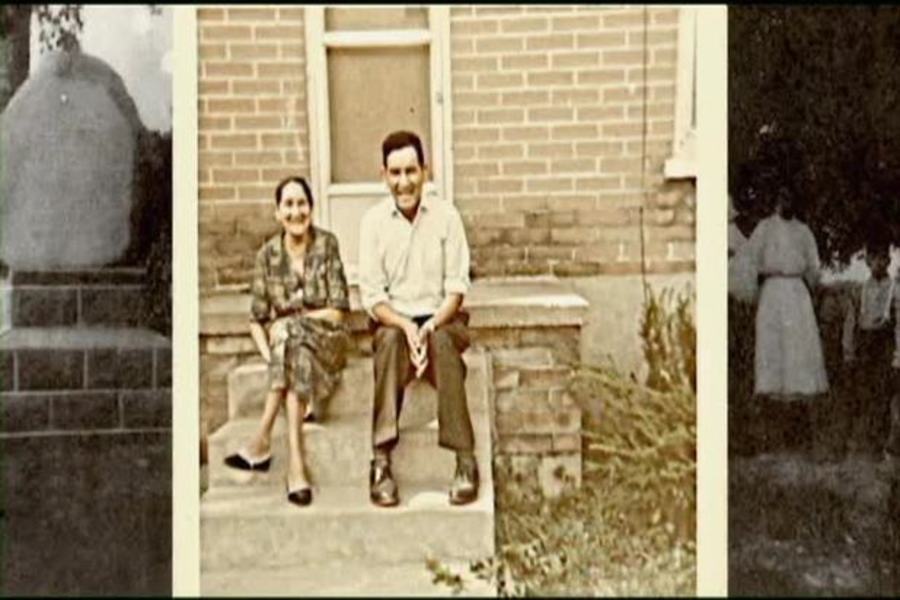 The Mighty Red
by
Louise Erdrich
The Mighty Red
by
Louise Erdrich
ISBN: 9780063277052
Publication Date: 2024
A novel of tender humor, disquietude, yearning, community, and family, it is about ordinary people who dream, grow up, fall in love, struggle, endure tragedy, carry bitter secrets; men and women both complicated and contradictory, flawed and decent, lonely and hopeful. Human time, deep time, Red River time, and geological time are explored alongside the impact of crises in our own time--climate change, the depletion of natural resources, the economic meltdown of 2008.




 Native American Health
by
Native American Health
by
 Destruction of the Indigenous Peoples of Hispano America
by
Destruction of the Indigenous Peoples of Hispano America
by